Calathea Lancifolia Grow And Care Guide
Written by Ivy
Nov 30 2021
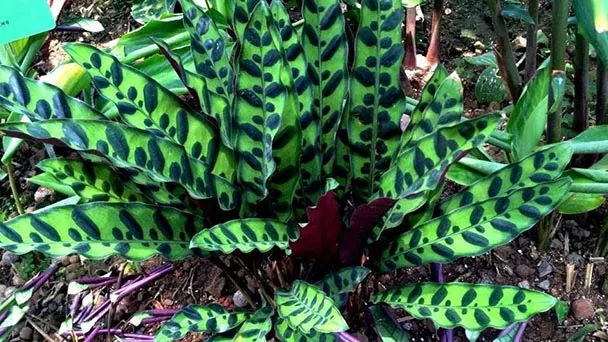
For growing and caring forCalathea Lancifolia, the appropriate time and method should be selected. Calathea lancifolia likes a humid growth environment and fertilization amount of Calathea Lancifolia should not be too large.
Calathea Lancifolia Quick InfoCalathea Lancifolia Care in DetailCalathea Lancifolia WateringCalathea Lancifolia SoilCalathea Lancifolia LightCalathea Lancifolia TemperatureCalathea Lancifolia HumidityCalathea Lancifolia FertilizerCalathea Lancifolia PruningCalathea Lancifolia RepottingCalathea Lancifolia Pest & Disease ControlWhite silk diseaseLeaf spotCalathea Lancifolia PropagationCalathea Lancifolia Propagation from CuttingCalathea Lancifolia Propagation from Division
Calathea Lancifolia Quick Info
| Botanical/Scientific Name | Calathea Lancifolia |
| Common Name | Rattlesnake Plant |
| Uses | Indoor office decoration purposes |
| Origin | Brazil |
| Light Care | Bright, indirect sunlight |
| Soil Care | Light, well-draining soil |
| Temperature Care | 65-85°F |
| Humidity Care | At least 50% relative humidity |
| Watering | Water thoroughly |
| Pruning Care | Trim dying leaves |
| Fertilizer Care | Half-strength liquid fertilizer once a month |
| Propagation | Division at repotting time |
| Toxic | Non-toxic for pets |
Calathea Lancifolia Care in Detail
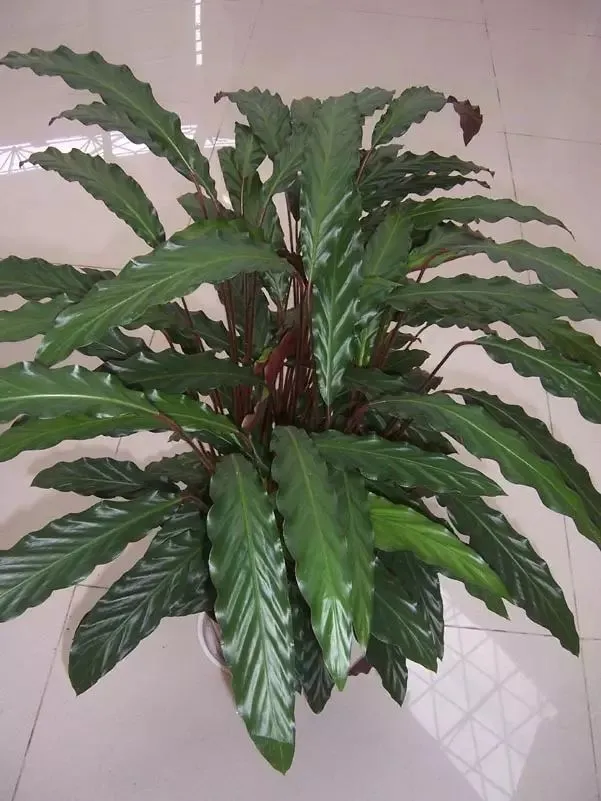
Calathea Lancifolia Watering
Calathea lancifolia likes a humid growth environment, so we must water enough when growing Calathea lancifolia. Especially in hot and dry summer, keep a small amount of water every morning to wet the soil. Water once every 2 ~ 3 days in spring and autumn. In winter, watering should be significantly reduced. Basically, keep the soil slightly dry. Water once every 7 days. Don't let the plants accumulate water.Calathea Lancifolia Soil
If we want to make Calathea lancifolia lush, the most important thing is a pot of fertile, loose and permeable soil. Only very breathable soil can accelerate the growth of Calathea lancifolia. We'd better mix rotten leaf soil with peat soil and pearl stone in the ratio of 5:3:2,. With this configuration, the soil is not only loose and breathable, but also has good fertility.Calathea Lancifolia Light
Although Calathea lancifolia likes the illumination of indirect light, it can not bear excessive light, especially the hot sun in summer, which will make the leaves of Calathea lancifolia yellow, dehydrated and even wither. At ordinary times, we must put Calathea lancifolia under the indoor astigmatism environment.Calathea Lancifolia Temperature
When growing Calathea lancifolia, we must pay attention to controlling the temperature, preferably between 18 ~ 25 ℃, which can be built in a large temperature to ensure the rapid growth of plants as much as possible. If the weather is too hot in summer, Calathea lancifolia should be moved to a cool environment for shade, so as not to bake and dehydrate the plants at too high temperature. In winter, we also need to move Calathea lancifolia to the balcony to keep the plants warm in the sun.Calathea Lancifolia Humidity
Calathea lancifolia likes a humid growth environment and basically keeps the humidity around the plant at about 80%. Humid environment can promote the growth of Calathea lancifolia plants, so we must often spray water mist on the environment around the plants to moisturize when maintaining Calathea lancifolia. Especially in summer, in addition to watering, spray more water mist to avoid drying.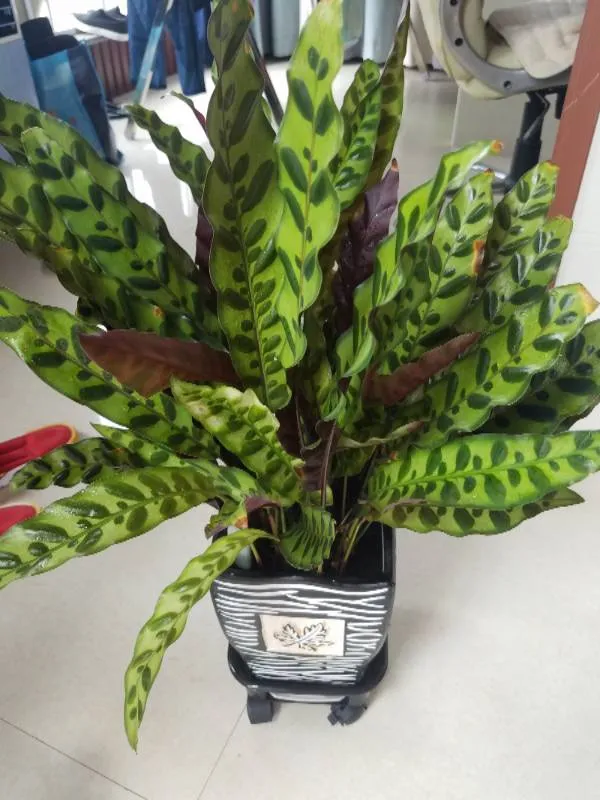
Calathea Lancifolia Fertilizer
The fertilization amount of Calathea lancifolia should not be too large, especially do not like concentrated fertilizer. If the fertilization is too concentrated, there may be fertilizer damage. During growing, we must apply fertilizer frequently and thinly. In spring, we apply fertilizer twice a month. The fertilizer is basically nitrogen fertilizer, and a little potassium and phosphorus fertilizer can be applied occasionally. However, nitrogen fertilizer will make the leaf markings of Calathea lancifolia more beautiful.Calathea Lancifolia Pruning
The dry and curly leaves of Calathea lancifolia should be cut off, so as to keep the leaf color green and prevent the dry parts from spreading, resulting in the dry and curly whole leaves. After cutting off the leaves of Calathea Lancifolia, keep healthy leaves and spray it every morning and evening. This will prevent the Calathea Lancifolia leaves from drying up again.Calathea Lancifolia Repotting
Generally, it should be transferred from April to may in spring. At this time, the temperature environment is more than 20 ℃, which can provide a suitable temperature environment for Calathea lancifolia to take root and survive, and can effectively avoid low-temperature freezing damage and poor growth caused by high temperature. We'd better plant it in a flowerpot with large diameter and shallow depth. It also has good air permeability. We can choose a pottery basin. Then we will prepare peat soil, peat soil and river sand according to 2:2:1, so that it can make Calathea lancifolia grow better. Timely pruning of roots is also one of the precautions for Calathea lancifolia's pot moving and maintenance. After removing the taro from the pot, it is necessary to prune the roots, cut off the rotten roots above, and prune the long roots and old roots to avoid failing to absorb nutrients normally, thus affecting the healthy growth of Calathea lancifolia. Generally, we only replace 1/3 or 1/2 of the soil during Calathea lancifolia repotting, and reserve part of the soil to avoid environmental discomfort of bamboo taro. It should also be watered in time after changing the basin to ensure that it has sufficient water supply, and then placed in a semi shady area for maintenance.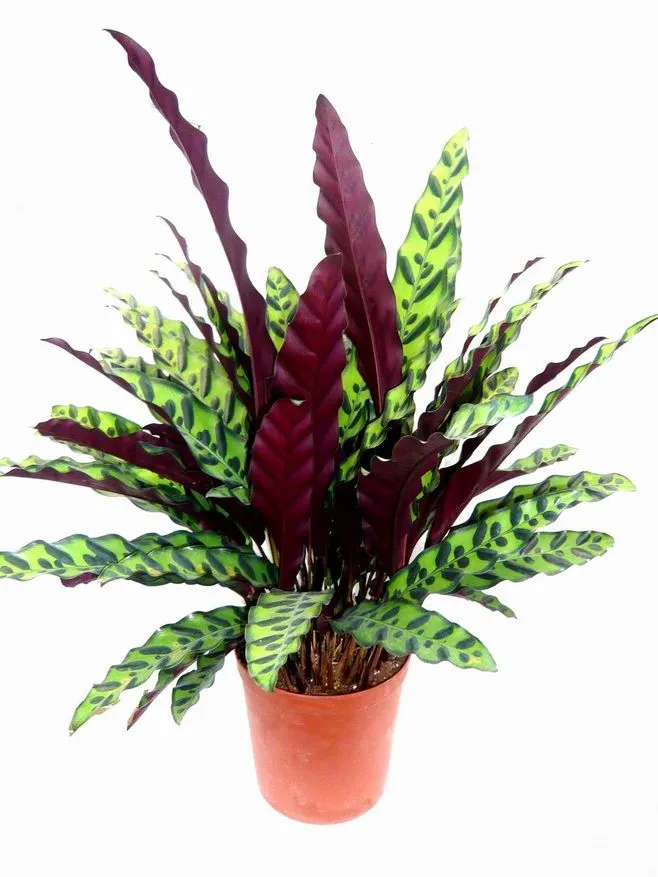
Calathea Lancifolia Pest & Disease Control
White silk disease
- Symptom
- Control method
Leaf spot
- Symptom
- Control method
Calathea Lancifolia Propagation
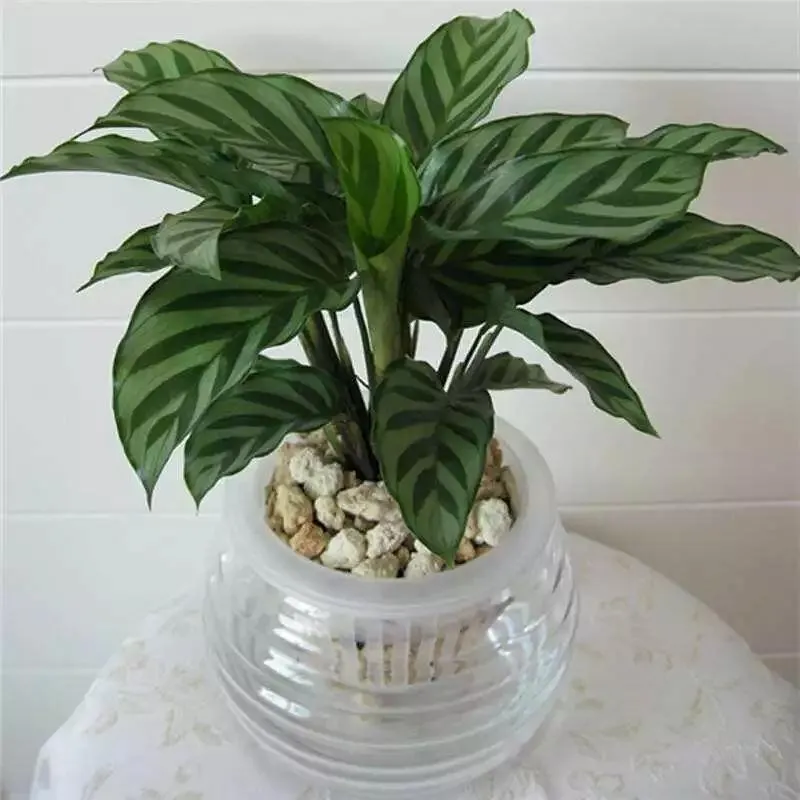
Calathea Lancifolia Propagation from Cutting
Calathea lancifolia propagation from cutting is also a kind of propagation mode of arrow feather bamboo taro. Although it is not as widely used as ramet propagation, it is also an important propagation method of arrow feather bamboo taro. Cutting propagation generally uses the tender shoot at the top of the plant as the cuttings, and the length of the cuttings is about 10cm to 16cm. And according to the actual blade size, keep about half of the blades. For Calathea lancifolia cuttings, we can first treat them with naiacetic acid. After the treatment, insert the cuttings into the seedbed, pay attention to maintaining the row spacing, and cover them with film after planting. The management method of cutting propagation is the same as that of ramet propagation. The best temperature for calathea lancifolia propagation from cutting is 20 ℃, and the cuttings will take root about 40 days after cutting.Calathea Lancifolia Propagation from Division
Division propagation is more common for Calathea lancifolia. Cutting propagation is less than ramet propagation. The best propagation temperature of Calathea lancifolia is about 20 ℃. If ramet propagation is carried out indoors and the temperature and humidity are well controlled, ramet propagation can be carried out throughout the year. What are the steps of Calathea lancifolia dissemination from division? First of all, we should cut the root block with stems, leaves and buds with a knife. For family planting, we can directly plant the cut root block. We must pay attention to the maintenance of planting temperature and humidity when we reproduce in Calathea lancifolia.Latest Updated
- Benefits of Bugleweed - 7 Science-backed Health Benefits
- Bugleweed Dangers & Side Effects - Is It Poisonous?
- How to Plant Evergreen Trees - What You Should Know
- When to Plant Evergreens - Grow Guide for Evergreen Trees
- 12 Wonderful Evergreen Shrubs for Your Garden
- 12 Popular Evergreen Plants with Pictures for Beginners
- When And How To Prune A Lilac Bush Like a Pro
- How to Grow & Care for Lilac Vine (Hardenbergia Violacea)
- Japanese Lilac Tree (Syringa Reticulata) Care & Propagation Guide
- Shumard Oak Pros and Cons - What to Know
Popular Articles
- Winter maintenance of Antirrhinum Majus
- How to Grow Terminalia Mantaly Tree
- How to Grow and Care for Crossostephium Chinense
- How to grow Antirrhinum Majus in spring
- Peristeria Elata (Dove Orchid) Profile: Info & Care Guide
- Underwatered Snake Plant (Sansevieria Trifasciata) - Signs And How To Fix
- How to Care for Brazilian Jasmine Plant (Mandevilla Sanderi)
- How to Grow & Care for Graptopetalum Purple Delight in Summer
- Rosa Chinensis (China Rose): Plant Growing & Care Tips
- How to Care for Baby Sun Rose (Aptenia Cordifolia)